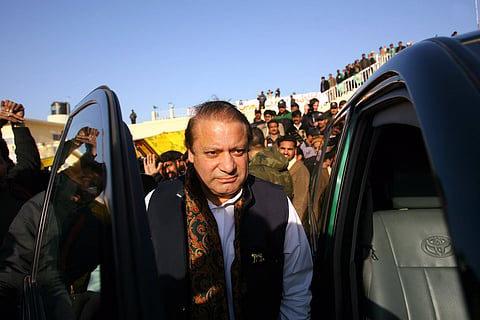Can the Sharifs woo back battleground Punjab?
The dates of Pakistan's impending general elections are yet to be announced, but Punjab has already started to see frenetic political activity in the last few weeks, arguably more so than any of the country's other provinces. With 141 seats to its name in the 342-seat National Assembly, Pakistan's most populous province is crucial for any political party looking to win the elections and form the next central government. Leading the charge is the Pakistan Muslim League–Nawaz (PML–N): the party's flags are being raised all over the provincial capital, Lahore, and the party supremo, Nawaz Sharif, is expected to return to Pakistan on 21 October from London to boost its campaign.
This is a momentous step for Nawaz. After the courts stripped him of the post of prime minister on questionable grounds of failing to disclose his assets and sentenced him to prison, he has stayed away from Pakistan since leaving in 2019 for medical treatment. A court just recently granted him protective bail, barring authorities from arresting him immediately on his return, but Nawaz is soon due in court, and the risk of arrest down the line remains. The high-stakes gamble is apparently worth it for the PML–N: it needs Nawaz, today more so than in a long time, to help it cement a hold over its bastion. Though the PML–N is a Punjab-based party with a history of victories in the province, its fortunes here appear to have declined in recent times. Now it faces the daunting task of recovering from the political damage caused by extremely questionable economic policies while it led Pakistan's last government, which just recently ceded power to a caretaker regime in preparation for the upcoming vote.

